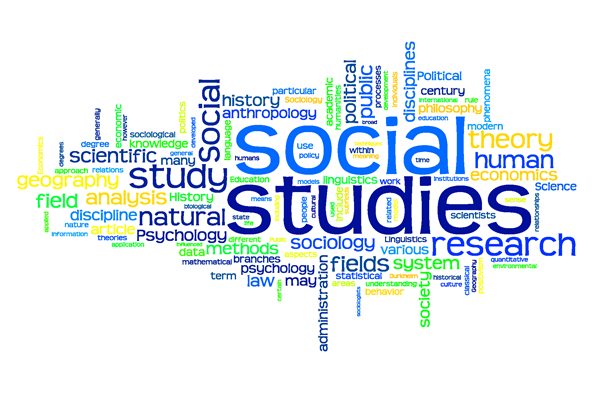Since the passage of No Child Left Behind in 2001 and its emphasis on reading and mathematics, many states have lessened the requirements for social studies in their state curriculum.
Under the leadership of the National Council for the Social Studies, states are working to initiate Common Core Standards, which include social studies as part of any school’s basic curriculum along with math, science and language arts.
The World in Which We Live
Social studies education helps explain the world in which we live. Much like science teaches children to observe the physical aspects of life, social studies motivates children to open their minds to the many places humans live on this planet. Not only does the social studies curriculum teach physical geography, but as students learn about different places, they also become aware of the many cultural differences of the world’s populations through the study of sociology and anthropology. When they learn more about cultural differences, they begin to realize that there are a large number of cultural similarities as well.
A Sense of History
When studying social studies, students figure out their role in society as well as their place in history. By studying the past, students learn how institutions, traditions and ideals change as society modernizes. They also learn how cause and effect influence relationships between individuals, groups and nations. As students mature, the study of history gives students the chance to develop their research skills and the ability to think critically. A sense of history gives students good background knowledge as they study other subjects, such as literature.
Citizenship
Social studies students learn they are part of a larger societal organization that must have structure in order to operate for the good of all the people in the group. This basic sense of citizenship starts in the primary grades as students work to observe classroom rules and expands as students study the electoral process, the branches of government and how citizens interact within the laws of a society in more advanced classes. The social studies curriculum also compares other types of government institutions found outside the United States. Civic education allows students to analyze foreign governments while at the same time developing an appreciation for the freedoms accorded citizens by the U.S. Constitution. Civic lessons cross inter-disciplinary lines and are often a part of geography, history and sociology lessons.
Making a Living
Economic themes find their way into the social studies curriculum in a variety of ways. From the basic concept of want versus need taught in primary grades to advanced concepts such as global economic policy discussed in a high school current events class, economics is an integral part of social studies education. As students learn about the four factors of production, land, labor, capital and entrepreneurship, they begin to realize that these all contribute to what goods and services are available for consumers. As students study history, they study economic trends so they can better understand events such as recessions. On a more personal level, economics teaches students the basics of handling their own finances and helps them set career goals aligned with their personalities.

